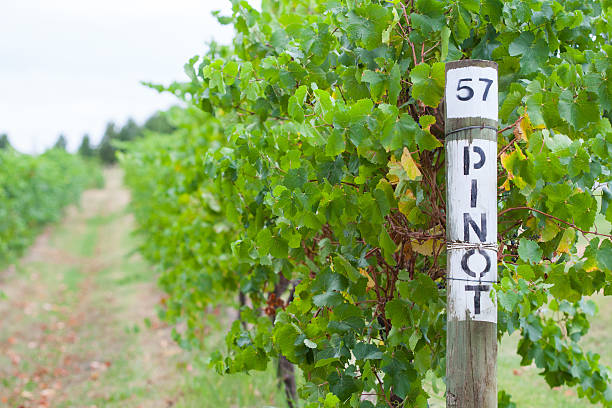Grapegrowers will be able to better manage climate risks in their vineyard with a national tool developed in partnership between Australia’s federal scientific agency, CSIRO, and the Bureau of Meteorology.
Climate Services for Agriculture offers the agriculture sector information about historical weather data, season outlooks, and climate forecasts all in one place.
The prototype was first released in June of 2021 with eight pilot regions. Since then, commodities and indices, including wine grapes, have been added.
The online platform allows wine grape growers to understand the historical, seasonal, and future climate of their area, with a resolution of 5km by 2, in order to build climate resilience and support business planning and decision-making.
What information is provided by the tool?
The platform contains information about climate variables that are directly relevant to the winegrape industry.
A grower, for example, can see how the rainfall and temperature during the growing season in their area have changed over time. They can also predict how they might change in the future.
This tool provides historical data going back to 1961 as well as seasonal forecasts (1-3 months) and future climate projections for the 15 years prior to and following 2030, 2050, and 2070.
Why is this information so important to grape growers
Climate change and variability have a significant impact on grape growing. This platform helps growers make informed decisions to protect their businesses decades into the future.
The ‘extreme risk of heat’ feature, for example, allows users to compare extremes in the past with future extremes. This feature is customizable, allowing the user to enter thresholds that are relevant to their farm or business.
The projections can be used to help growers choose the best wine grapes for their climate and region or invest in infrastructure.
The platform is designed to complement Australia’s Wine Future: a Climate Atlas, released by Wine Australia. Wine Australia will ensure that the projections are aligned across the platform as well as the Atlas.
What is the process?
Sigrid Tijs said that the platform is designed in a way that makes it simple for winegrape farmers to access and navigate the information they need.
Users can choose their location, the commodity they want to select, and climate data related to that commodity.
“For instance, a winegrape farmer can explore past climate information and future climate predictions for their location. This includes total rainfall, temperature averages, days of growth, temperature extremes, and hot and cold weather.
She said that the Climate Services for Agriculture (CSA) team worked with the agriculture and horticulture sectors in order to determine what type of climate data would be most helpful to their businesses. They also tested the prototype platform in pilot regions to ensure it met their needs.
Want to get involved in the project?
Winegrape Growers are welcome to provide input to help shape the platform and make it more practical. They can also offer insights on how to adapt their business in order to increase climate resilience.
The Bureau of Meteorology, CSIRO, and its customer engagement team want to work closely with advisors and extension agents to encourage the adoption of the platform.
The Climate Services for Agriculture team can be contacted by email at CSAEnquiries@csiro.au or through the platform.
Climate Services for Agriculture was developed in partnership with Australia’s national science agency, CSIRO, and the Bureau of Meteorology and is funded by the Australian Government’s Future Drought Fund through the Department of Agriculture, Fisheries and Forestry.




